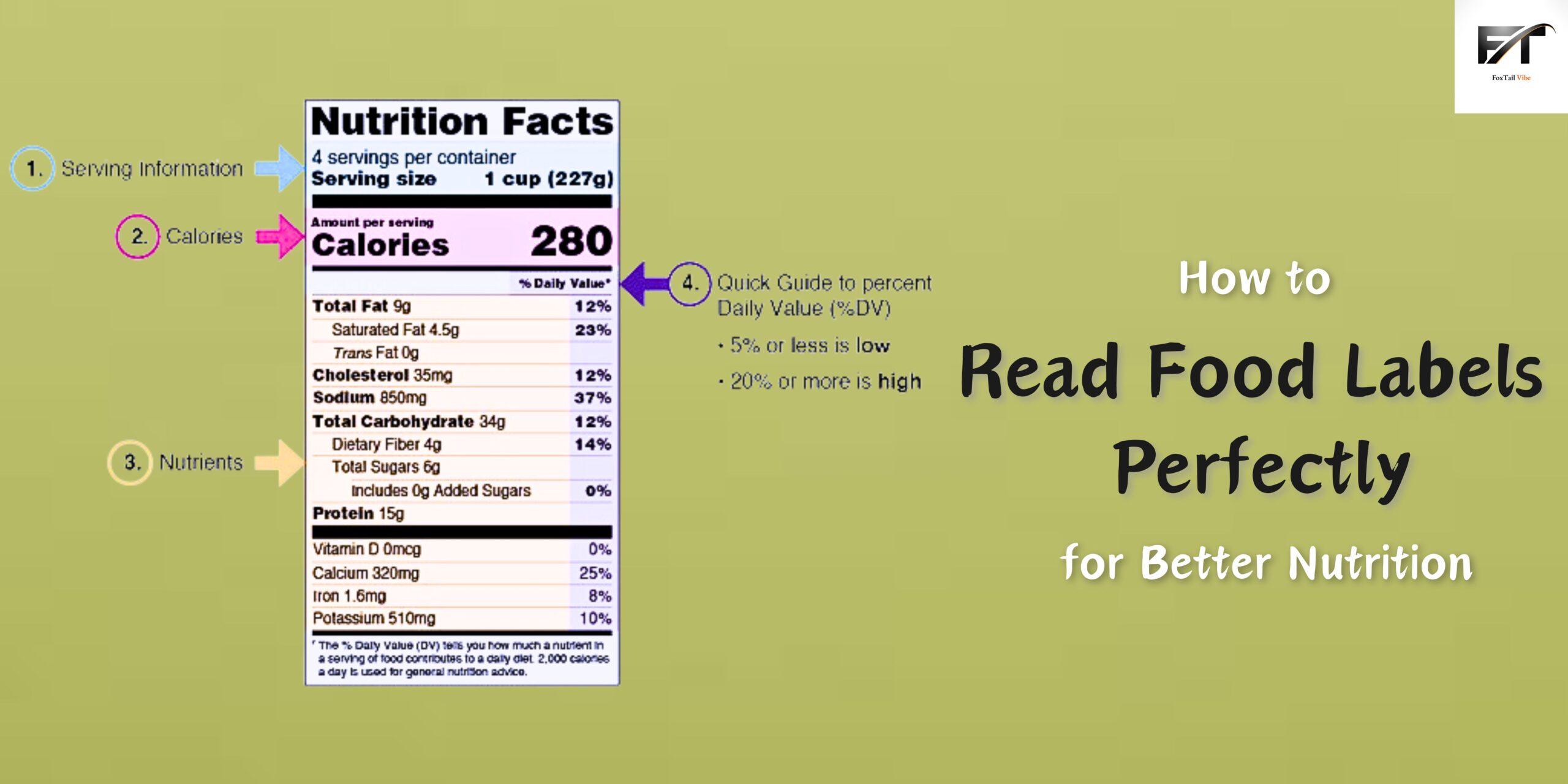Food labels are like little maps that tell you about the food you’re about to eat. They have important information that can help you choose healthier foods. Knowing how to read them can help you make better decisions about what you eat and keep you healthy. Let’s explore food labels in detail to help you understand them better and make smarter choices
1. Serving Size

The serving size indicates the amount of food considered a single portion, as determined by the manufacturer. It’s crucial to pay attention to serving sizes to accurately assess the nutritional content of a product. Sometimes, the serving size may be smaller than what you typically consume, leading to underestimation of calorie and nutrient intake. For example, a serving size of cereal might be one cup, but you might pour yourself two cups, doubling the calories and nutrients.
2. Calories

Calories represent the energy content of a food item. Monitoring calorie intake is essential for weight management and overall health. The calorie count on food labels provides information on the energy you’ll gain from consuming one serving of the product. It’s important to balance calorie intake with energy expenditure to maintain a healthy weight.
3. Nutrients
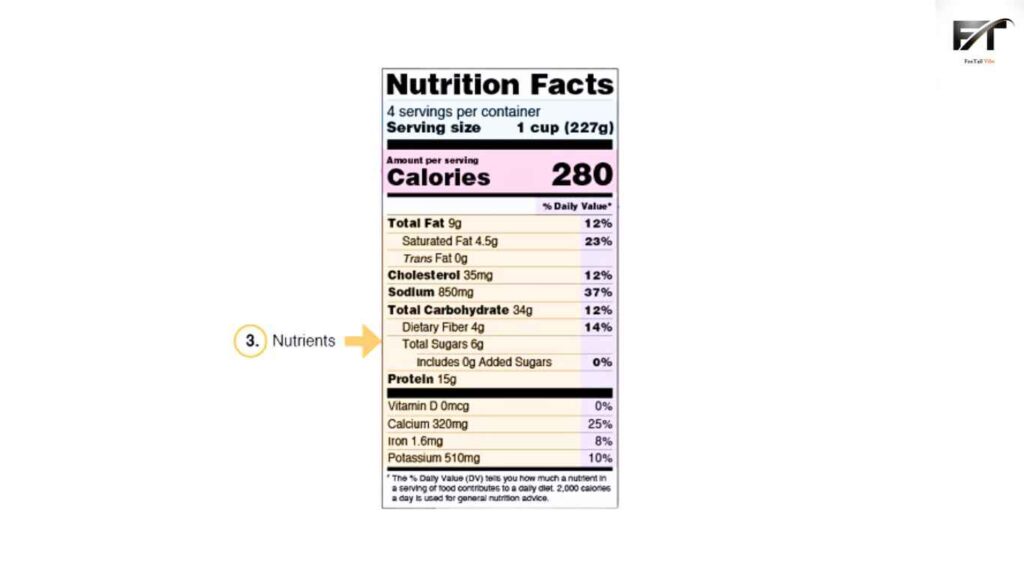
Food labels provide information on key nutrients present in the product. So it is closer to take a look at the nutrients information provided to conclude whether you should consume it or not, and the quantity one can consume.
- Fat: Fat is a macronutrient essential for energy and vital bodily functions. However, not all fats are created equal. Saturated and trans fats, found in many processed and fried foods, can raise cholesterol levels and increase the risk of heart disease. On the other hand, unsaturated fats, such as those in nuts, seeds, and olive oil, are healthier options. Pay attention to the type and amount of fat listed on food labels to make informed choices.
- Sodium: Sodium, commonly found in salt, plays a role in regulating fluid balance and nerve function. However, excessive sodium intake can contribute to high blood pressure and increase the risk of heart disease and stroke. Choosing foods lower in sodium can help maintain a healthy blood pressure level.
- Sugar: Sugars are carbohydrates that provide energy, but excessive consumption of added sugars can lead to weight gain and various health issues, including diabetes and heart disease. Added sugars are often hidden in processed foods and beverages, so check food labels for ingredients like sucrose, high fructose corn syrup, and dextrose. Opt for foods with lower added sugar content and prioritize natural sources of sweetness, such as fruits.
- Fiber: Fiber is a type of carbohydrate that the body cannot digest. It promotes digestive health, helps control blood sugar levels, and contributes to satiety. Foods rich in fiber, such as fruits, vegetables, whole grains, beans, and legumes, support overall health and may reduce the risk of chronic diseases, including heart disease and certain cancers.
4. % Daily Value (%DV)

The %DV indicates how much a nutrient in a serving of food contributes to a daily diet based on a 2,000-calorie per day intake. It serves as a reference point for evaluating the nutritional significance of a particular food item. A %DV of 5% or less is considered low, while 20% or more is considered high. It’s important to note that individual nutrient needs may vary based on factors such as age, gender, and activity level.
5. Ingredients List
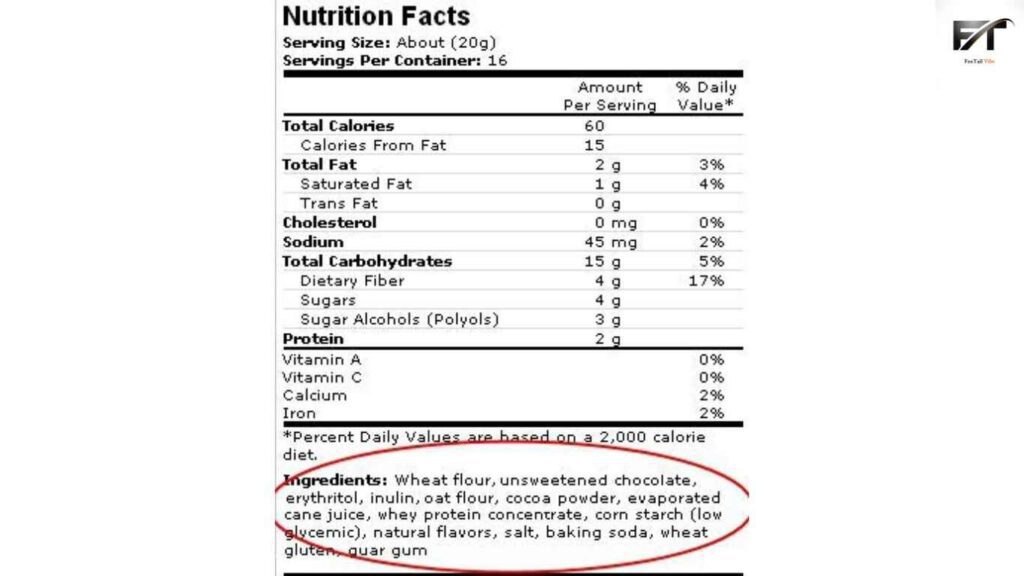
The ingredients list provides insight into the composition of a food product. Ingredients are listed in descending order by weight, with the primary ingredients appearing first. Reading the ingredients list allows consumers to identify potential allergens, additives, and preservatives present in the food. Opt for products with simple, recognizable ingredients and avoid those with long lists of artificial additives and preservatives.
6. Health Claims
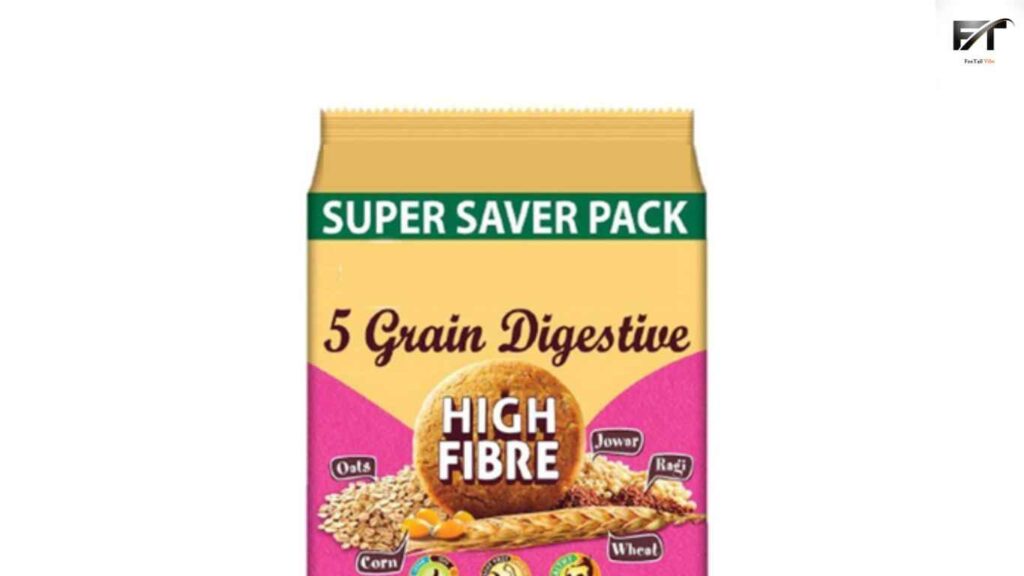
Food labels may feature health claims such as “low fat,” “high fiber,” or “heart-healthy.” These claims are regulated by government agencies and are intended to provide consumers with information about the nutritional qualities of the product. While health claims can be helpful in guiding food choices, it’s essential to evaluate the entire label and consider factors such as serving size, calorie content, and nutrient composition.
7. Compare Labels

When shopping for food products, comparing labels can help identify healthier options. Look for products with lower calorie, fat, sodium, and sugar content, and higher fiber, vitamin, and mineral content. Additionally, consider factors such as the presence of whole, unprocessed ingredients and the absence of artificial additives and preservatives.
8. Be Mindful of Portions
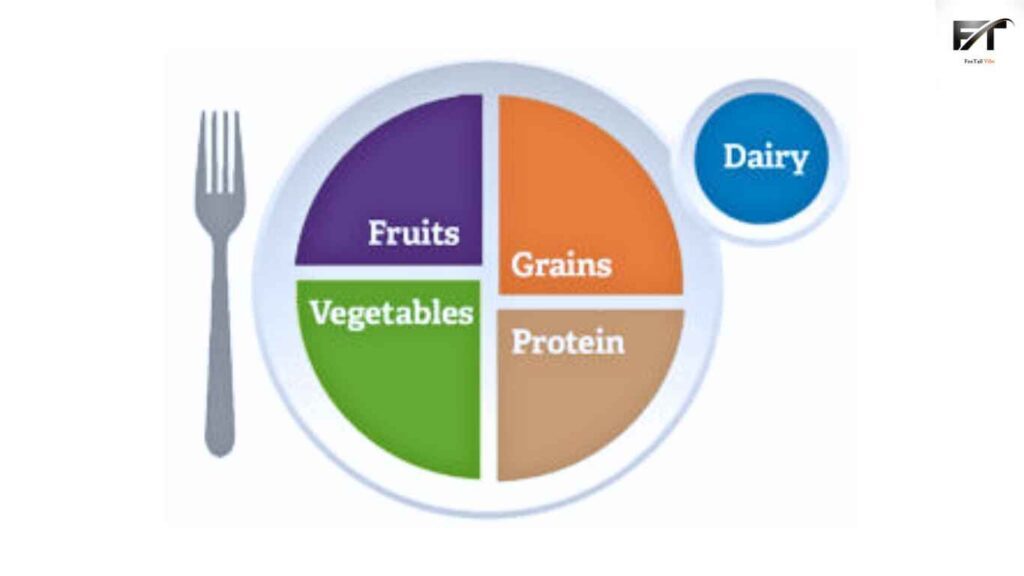
Even nutritious foods can contribute to excess calorie intake if consumed in large portions. Pay attention to portion sizes and practice mindful eating to prevent overeating. Use measuring cups, spoons, or visual cues to gauge appropriate serving sizes and avoid mindless snacking.
Understanding food labels is like having a secret code to healthier eating. By paying attention to serving sizes, calories, nutrients, ingredients, and health claims, you can make smarter choices about the foods you eat. Remember to compare labels, be mindful of portions, and prioritize whole, unprocessed foods whenever possible. With a little know-how and a keen eye, you can take control of your diet and improve your overall health.
Also Read – Top 10 High Fiber Foods to Boost your Health
